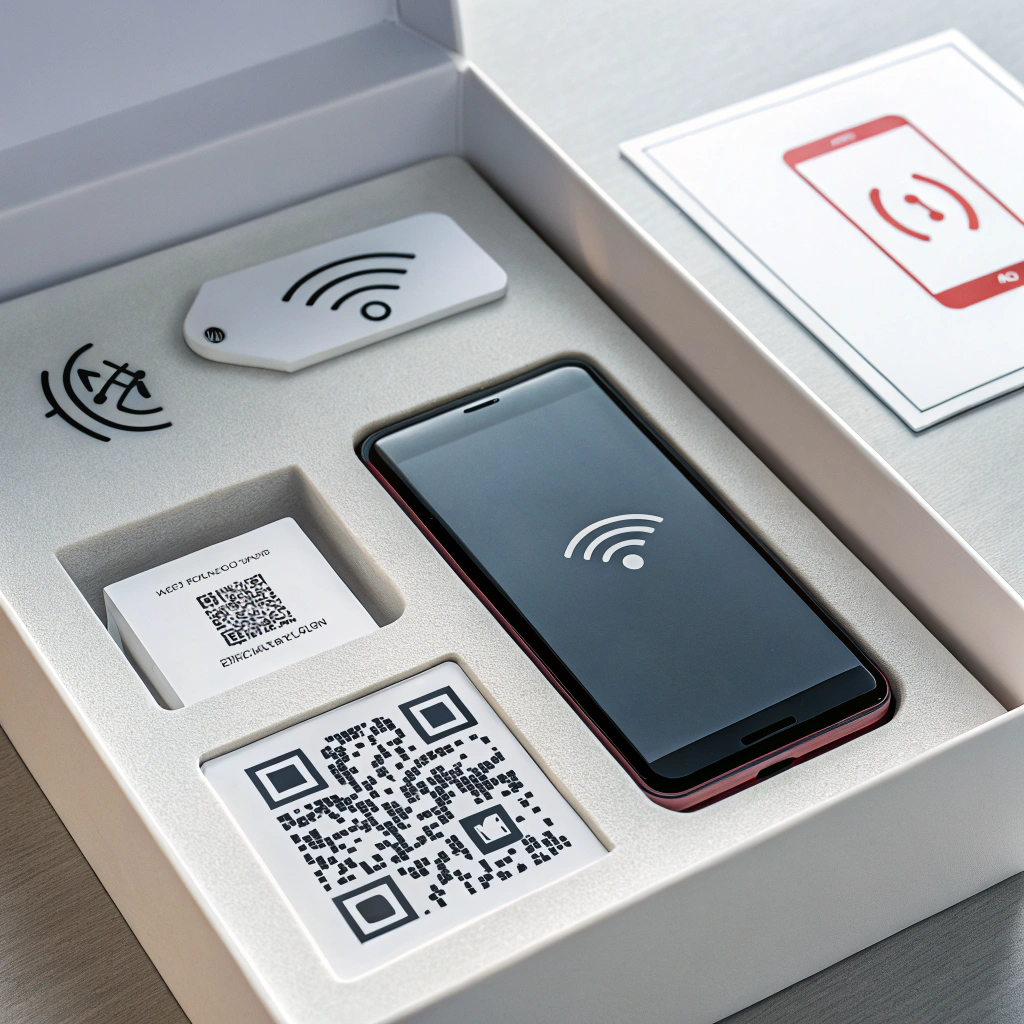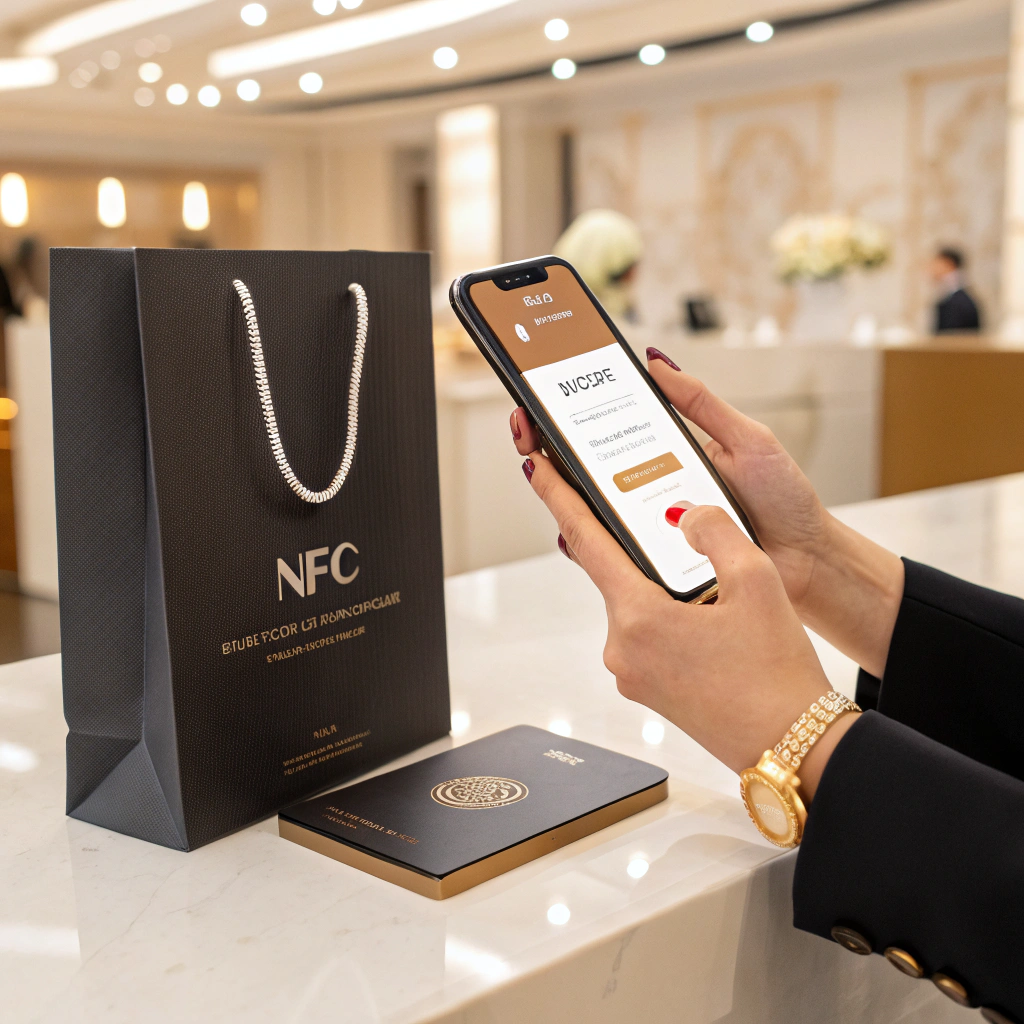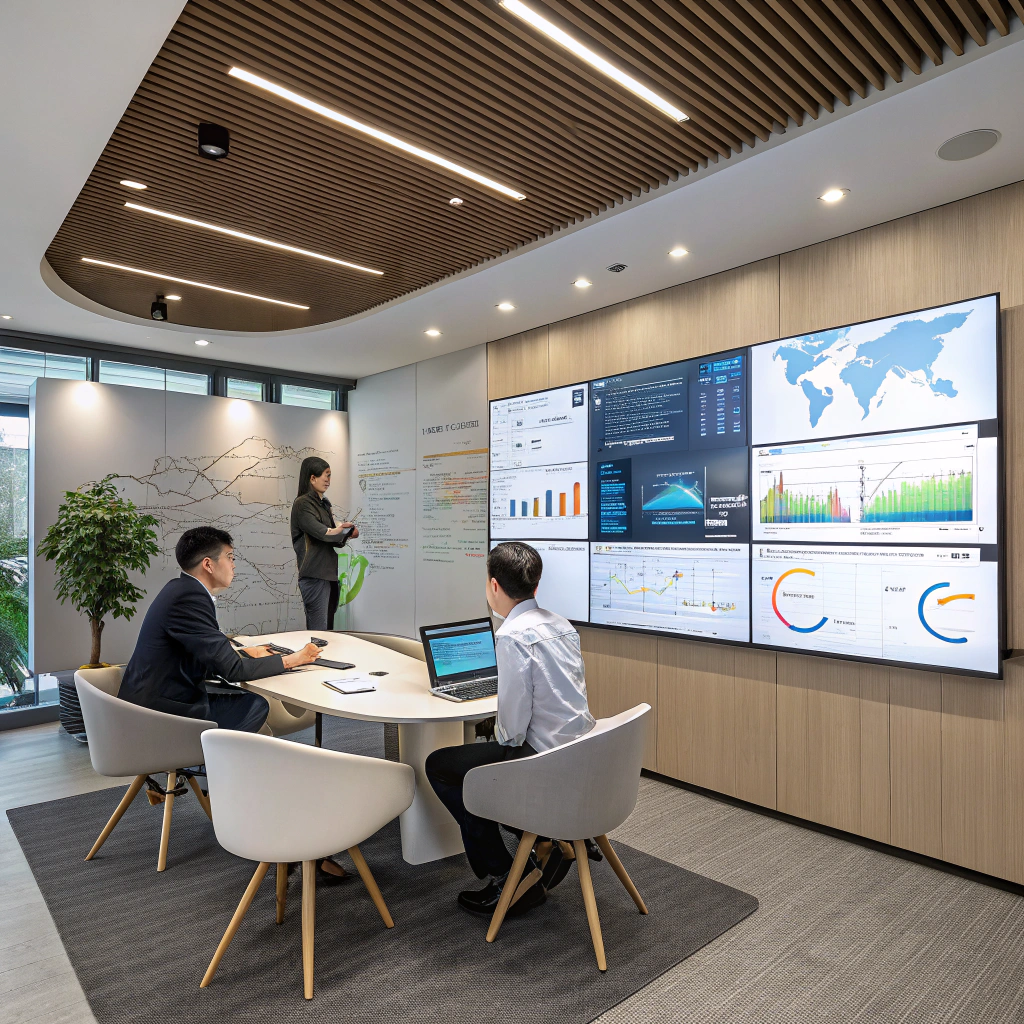Smart Packaging Technologies: QR Codes, NFC Tags, and Interactive Elements That Engage Customers
Traditional packaging serves one primary function: protecting products during transport and storage. Smart packaging revolutionizes this concept by transforming packages into interactive gateways that connect physical products with digital experiences. These technologies enable brands to engage customers long after purchase while gathering valuable data that drives business decisions and builds lasting relationships.
The Digital Bridge: Connecting Physical and Digital Worlds
Smart packaging technologies create seamless bridges between tangible products and digital ecosystems. When customers interact with these elements, brands can deliver personalized content, gather usage data, and extend product experiences beyond traditional boundaries. This connectivity transforms one-time purchases into ongoing customer relationships.
The integration of digital elements into packaging design requires minimal additional cost while providing measurable returns through enhanced customer engagement, improved brand loyalty, and valuable analytics data that informs future product development and marketing strategies.

Smart packaging technologies seamlessly integrate digital connectivity into traditional package designs.
QR Codes: Accessible Smart Packaging Foundation
QR codes represent the most accessible entry point into smart packaging, requiring no specialized hardware beyond smartphones that customers already carry. Modern QR codes can link to product authentication, instructional videos, recipe collections, sustainability information, or exclusive digital content that enhances product value.
Strategic QR code placement considers customer behavior and package lifecycle. Codes positioned for easy scanning during unboxing create immediate engagement, while codes on product labels provide ongoing access to information and services. Dynamic QR codes enable content updates without reprinting packaging, maintaining relevance throughout product shelf life.
Advanced QR implementations track scanning frequency, geographic distribution, and user engagement patterns. This data reveals customer preferences, optimal content types, and geographic market performance that guides marketing strategy and product development decisions.
NFC Technology: Premium Interactive Experiences
Near Field Communication (NFC) tags offer more sophisticated interactions than QR codes, enabling touch-based activation that feels premium and intuitive. NFC tags can trigger multiple actions simultaneously: opening websites, adding calendar events, connecting to WiFi networks, or launching augmented reality experiences.
NFC technology particularly excels in luxury markets where seamless, high-tech interactions align with premium brand positioning. Jewelry, electronics, and high-end cosmetics leverage NFC tags to provide authentication, care instructions, and exclusive brand content that reinforces product value.

NFC tags enable premium touch-based interactions that align with luxury brand positioning and customer expectations.
Augmented Reality and Interactive Elements
Augmented Reality (AR) markers transform static packaging into immersive digital experiences. Customers can visualize products in their environments, access 3D assembly instructions, or interact with virtual brand ambassadors through smartphone cameras. These experiences create memorable moments that customers eagerly share on social media.
Interactive elements extend beyond digital technologies to include physical components like temperature-sensitive inks, scratch-off reveals, or mechanical elements that engage multiple senses. These tactile interactions complement digital experiences while appealing to customers who prefer physical engagement.
Implementation Strategy and Best Practices
Successful smart packaging implementation begins with clear objectives and customer value propositions. Technology should enhance rather than complicate customer experiences. Simple, obvious benefits like instant access to recipes, care instructions, or warranty registration encourage adoption and repeated use.
Content strategy determines smart packaging success more than technology selection. Valuable, regularly updated content keeps customers engaged while generic or outdated information creates negative brand associations. Plan content calendars and update procedures before launching smart packaging initiatives.

Data analytics from smart packaging technologies provide valuable insights for marketing strategy and customer engagement optimization.
Analytics and Performance Measurement
Smart packaging generates unprecedented customer behavior data that traditional packaging cannot provide. Interaction rates, geographic distribution, time-based usage patterns, and content preferences reveal customer insights that inform product development and marketing strategies.
Privacy considerations must balance data collection with customer trust. Transparent data policies and clear value exchanges encourage customer participation while building brand credibility. Customers willingly share data when they receive obvious benefits in return.
Cost-Benefit Analysis and ROI
Smart packaging technologies require modest upfront investments that typically recover costs through improved customer engagement, reduced support calls, and enhanced brand loyalty. QR codes add minimal cost while NFC tags increase package costs by $0.10-0.50 per unit depending on volume and functionality.
Calculate ROI by measuring customer lifetime value increases, support cost reductions, and marketing efficiency improvements. Many brands discover that smart packaging pays for itself while providing ongoing competitive advantages.
Future Outlook and Emerging Technologies
Emerging technologies like flexible displays, embedded sensors, and voice activation will further enhance packaging interactivity. However, successful smart packaging focuses on customer value rather than technological novelty.
Smart packaging technologies transform traditional packages into powerful customer engagement tools that build relationships, provide value, and generate insights. Success requires strategic thinking, valuable content, and customer-focused implementation rather than simply adding technology for its own sake.
